Ryecorn
$12.00 Original price was: $12.00.$8.40Current price is: $8.40.
- Shop with Ease
- Get Quality, Get More
- Your Security is Our Promise
- Your questions, our prompt answers.

Ryecorn, also known simply as rye (Secale cereale), is a versatile cereal crop grown in New Zealand for a variety of agricultural purposes. It is especially valued for its hardiness, rapid establishment and ability to thrive in poor soils and cold conditions. As a result, it is commonly used in both arable and pastoral systems across diverse regions of the country.
In New Zealand, ryecorn is often sown in autumn and used as a winter forage crop, providing high-quality green feed for grazing stock, particularly sheep and cattle, during the cooler months when pasture growth slows. Its fast germination and early growth make it an ideal option for filling feed gaps. It can be grazed multiple times before being ploughed under, depending on management and sowing time.
Ryecorn is also used as a cover crop or green manure, helping improve soil structure, suppress weeds, and reduce erosion over winter. Its dense root system contributes to better soil aeration and organic matter, which is beneficial in both cropping and regenerative farming systems. When incorporated into the soil before flowering, it contributes biomass and can improve nutrient cycling, especially when followed by a spring or summer crop.
Additionally, ryecorn can be grown for grain production, typically in drier or marginal areas where other cereals may struggle. Though not a dominant grain crop in New Zealand, its adaptability makes it useful in mixed cropping operations.


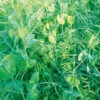
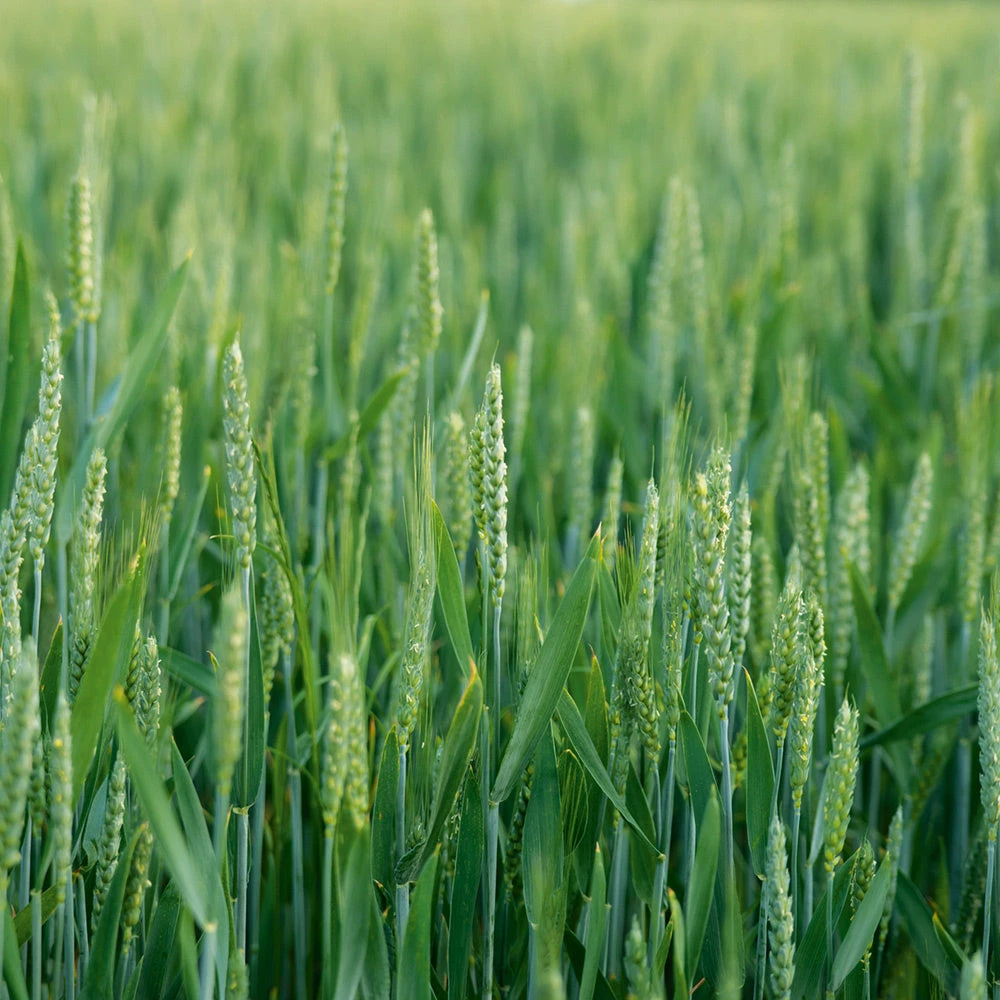

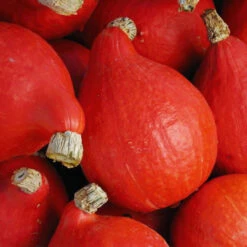

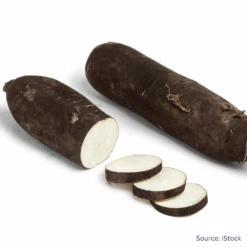
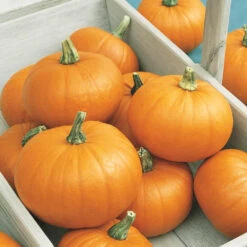
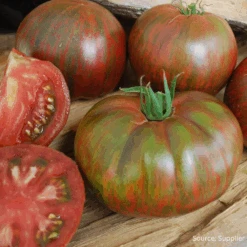
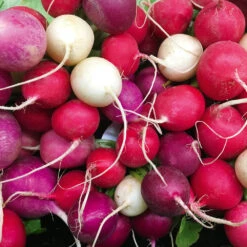
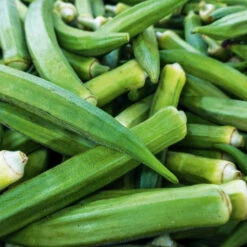
Reviews
There are no reviews yet.